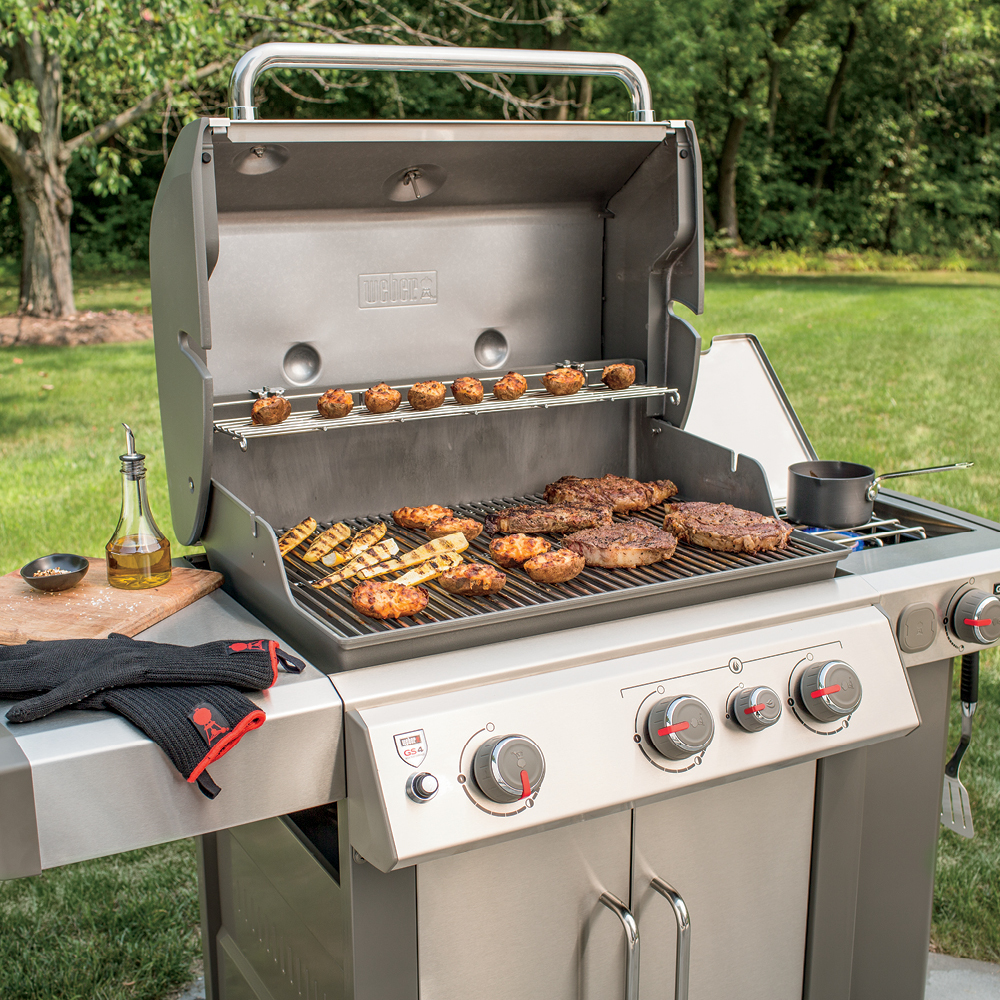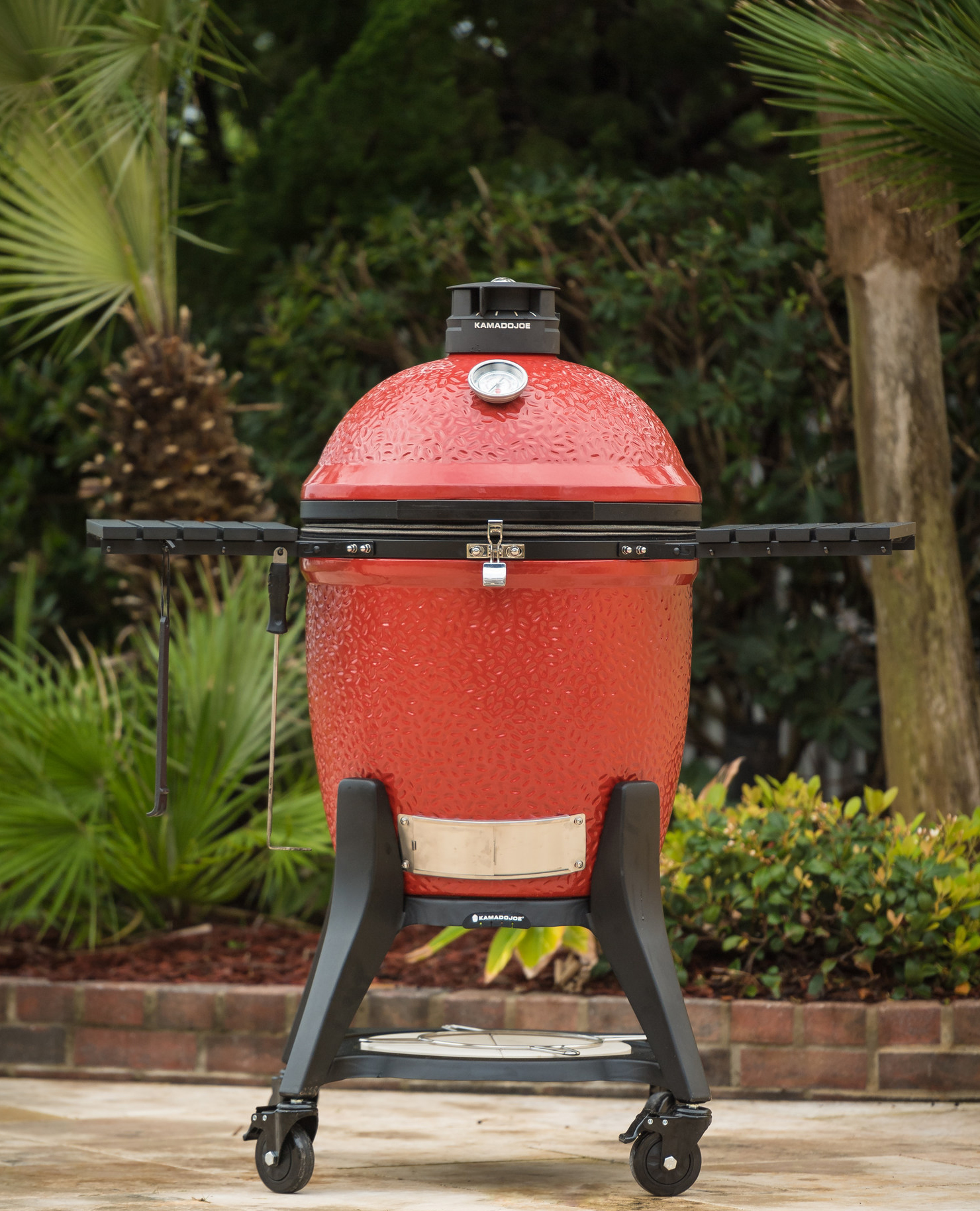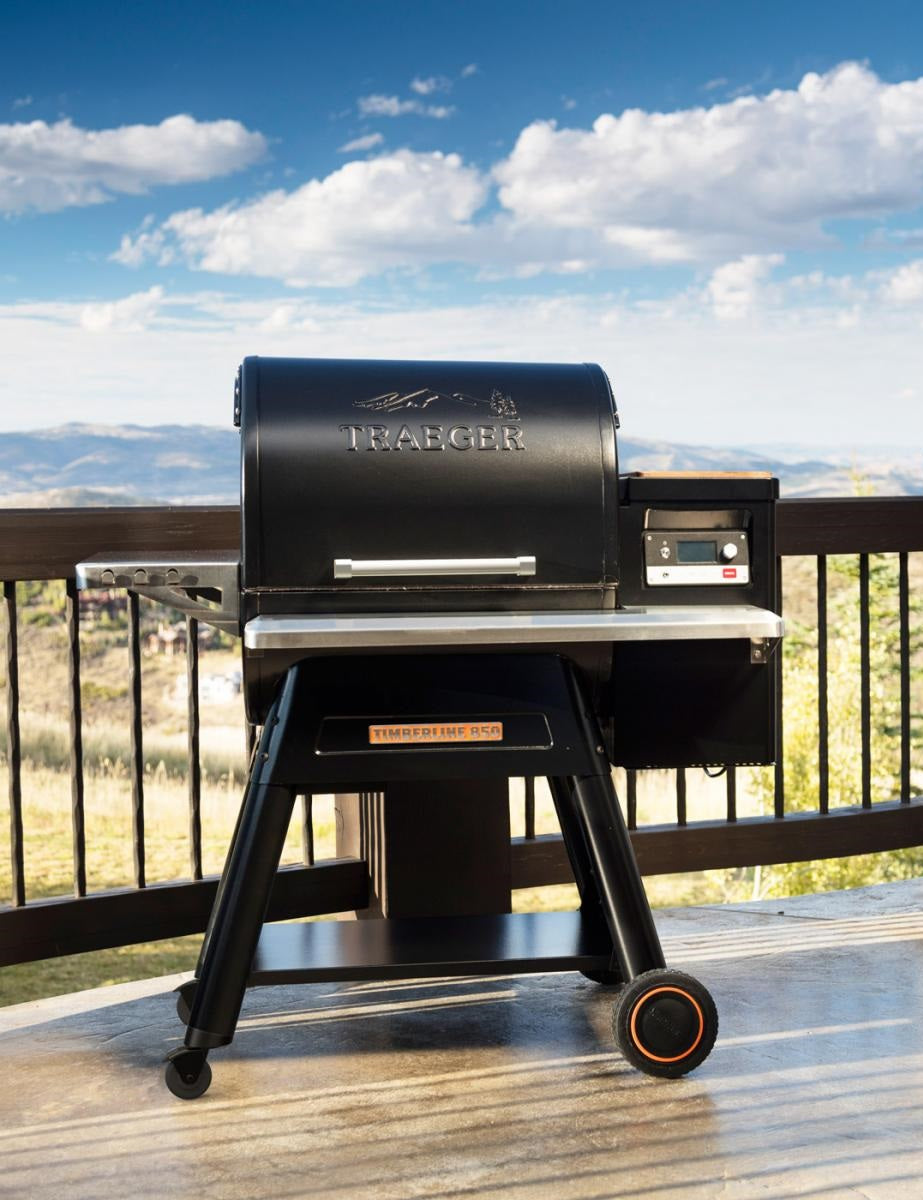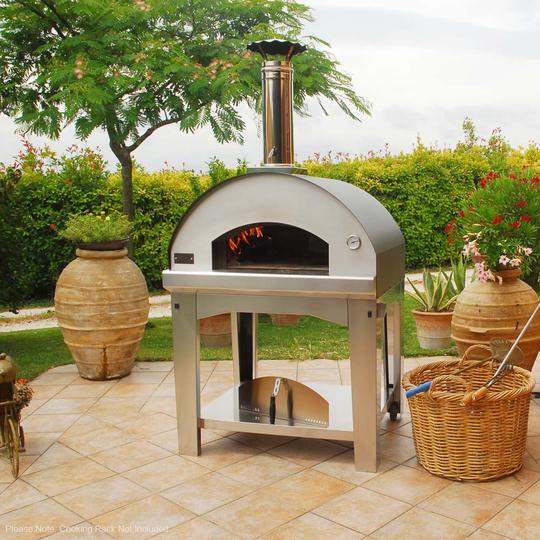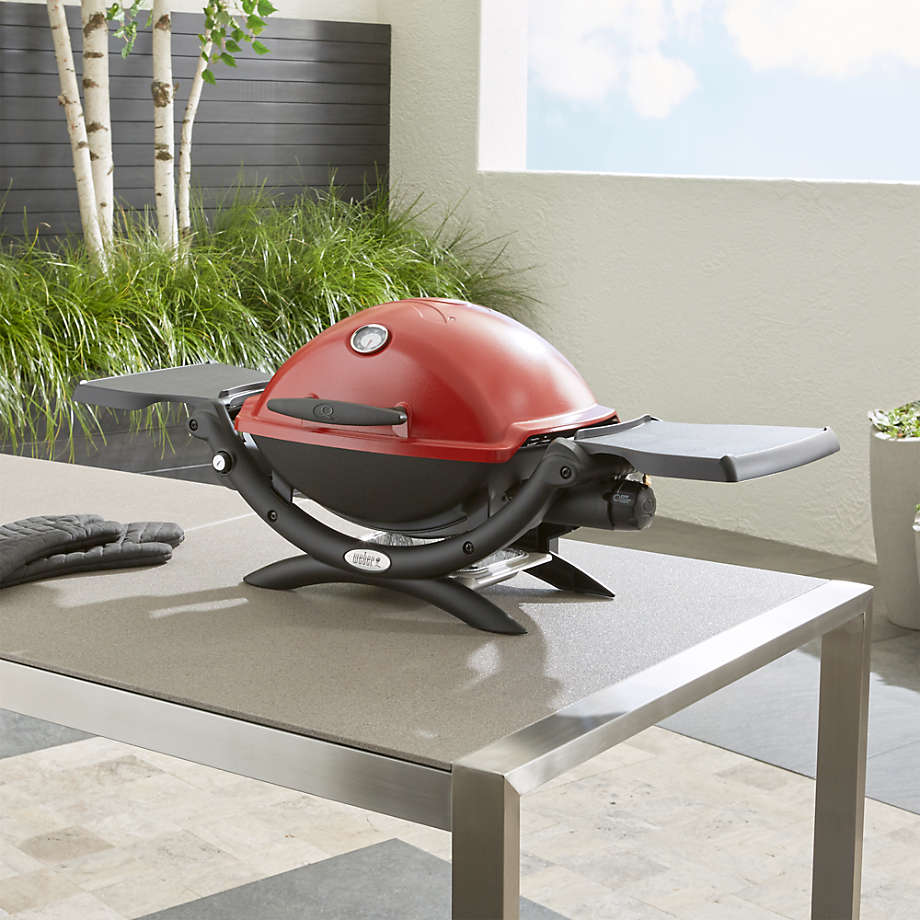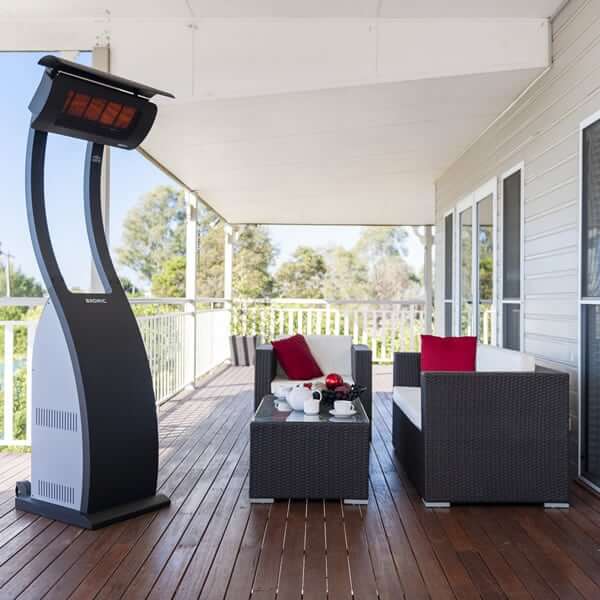How to Cook Roast Beef Low and Slow
Many beef cuts are known to be quite tough to eat after cooking. Since the meat is often sourced from well-worked areas of the animal, cooking beef often ends up firm. Steaks are often one of the best examples known to most barbecuers and often require steak knives to cut through, even more so with thicker steaks. But,what if there was a way to cook roasts and other cuts of beef so that they came off your grill soft and tender?
Due to their larger sizes, roast beef is often made in an oven instead of a grill since the outside will often end overcooking before the inside properly cooks. Cooking roast beef low and slow provides a great solution since the slower cooking time allows the heat to get to the centre of the meat. And all you need is a grill!
This article covers everything you need to know about barbecuing, from what the best cuts of beef are for roasting low and slow to how you can make this kind of roast at home. If you need a new barbecue grill to make your own roast beef, you can check out our wide range of options on our catalogue.
What kind of meat should you use?
When it comes to choosing your cut of meat, aim for tougher cuts of meat. The best cuts of beef used to make roast beef are sirloin tip or round roasts, mainly due to their tougher protein make-ups. The low and slow grilling is perfect for these kinds of meat since tougher meats frequently come out far more tender and easier to eat. Scientifically, this is due to the lower temperatures causing the meat proteins to firm up slower while any connective tissues break down.
That’s not to say that you can’t use more tender cuts of meat either though. Rump roasts and similar cuts of beef are especially great for low and slow roast beef dishes for much of the same reasons. The low and slow cooking allows the proteins to fall apart more and the result is an extremely soft, nearly fall apart roast.
What kind of seasoning works best
The best kinds of seasonings are actually quite simple, many of which you more than likely already have in your pantry. Rosemary is one of the most common and well loved pairings for roast beef. The herb has been noted to have a piney and almost minty taste that pairs perfectly with the often heavy flavours that beef has. Rosemary is especially great for flavouring roasts cooked for longer periods of time.
Like rosemary, thyme is another herb that’s become one of the staples for seasoning beef. Best used both fresh and dried, the herb is still incredibly well rounded in terms of flavour. The most prominent notes are said to be earthy and just a little citrusy. This same citrus can pair well with the richness of roast beef and can cut through the heaviness as well.
Ultimately, a mixture of garlic powder and onion powder can work just as great for roast beef as herbs do. Depending on how you plan to serve it, rosemary and thyme can be rather odd flavours despite frequently being used quite often for roast beef. Both are great seasoning pairs, so carefully consider what flavours you want first.
What temperature and for how long should I grill my roast beef?
As the name suggests, how to cook roast beef low and slow involves using low heat temperatures. Typically, the ideal low temperature you need can vary depending on your grill, but the general range is clear. Low heat on most grills often falls between 225 and 250 degrees Fahrenheit but can be even lower. Ideally, keep the heat between 175 and 250 degrees for proper cooking.
The specific amount of time you need to grill your roast beef can vary on a number of factors. Lower temperatures typically need much longer times to cook the beef for. So with your grill at 175 degrees Fahrenheit, your roast can typically take anywhere between five to seven hours to cook. The thicker your roast is cut can also affect how long it takes to cook, so make sure to keep an eye out and a meat thermometer handy.
How to cook roast beef on your grill
After you’ve finished seasoning your beef, preheat your grill to low heat and prepare any wood chips you might want to use. Once the grill is hot enough, brush the grates with a bit of oil and place the beef onto the grate. Simply let the roast beef cook for a minimum four to seven hours before taking it off and serving. If you aren’t sure how long the roast needs to cook for, use a meat thermometer to check the internal temperature about two and a half hours in.
The process of cooking roast beef low and slow is quite similar to grilling steaks. A grilled roast can also be grilled to a specific internal temperature as per personal preference. However, since roasts are much thicker than steaks, the specific levels of doneness are higher to ensure food safety. For both rump and round roasts, aim to get an internal temperature within these ranges.
- Medium rare: 145 degrees Fahrenheit
- Medium: 160 degrees Fahrenheit
- Well done: 170 degrees Fahrenheit
Sirloin tip roasts use many of the same internal temperature specifications as steaks do for food safety. As a result, aim to have the internal temperature of a sirloin tip roast be between 145 and 150 degrees Fahrenheit. This ensures that your roast is safely and thoroughly cooked.
Takeaway
Low and slow cooking is one of the best ways to cook any cut of roast beef. The method’s use of low heat over a longer amount of time allows the connective tissues and proteins in the meat to break in a way that makes the end result incredibly tender. When combined with a good amount of seasonings that pair well with the beef, like our rubs and sauces, you get a dish that’s wonderful for all your meals throughout the day.


